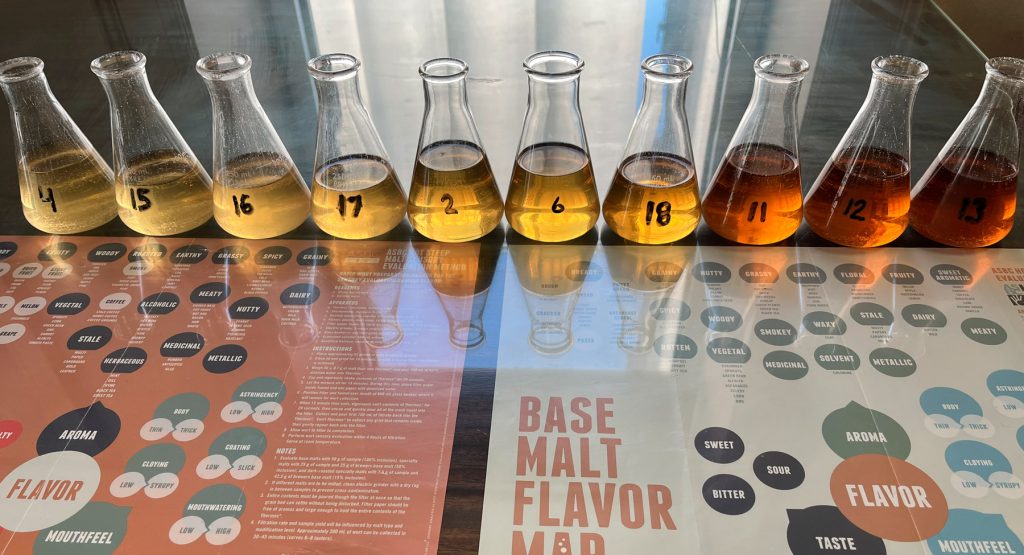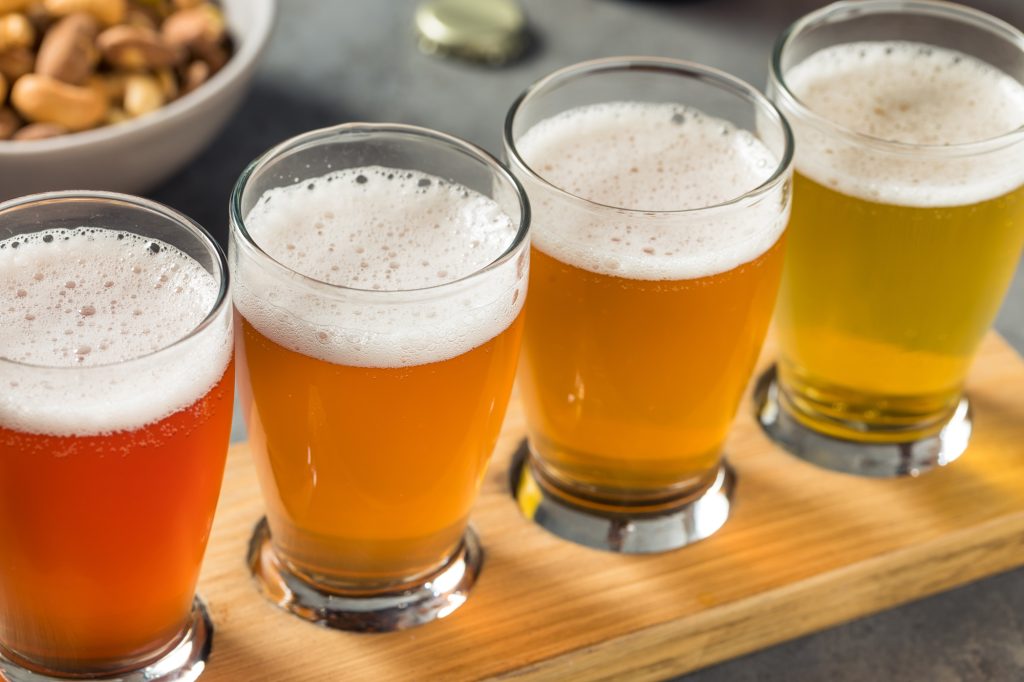This article was originally published by John Thompson from the Cowboy State Daily.
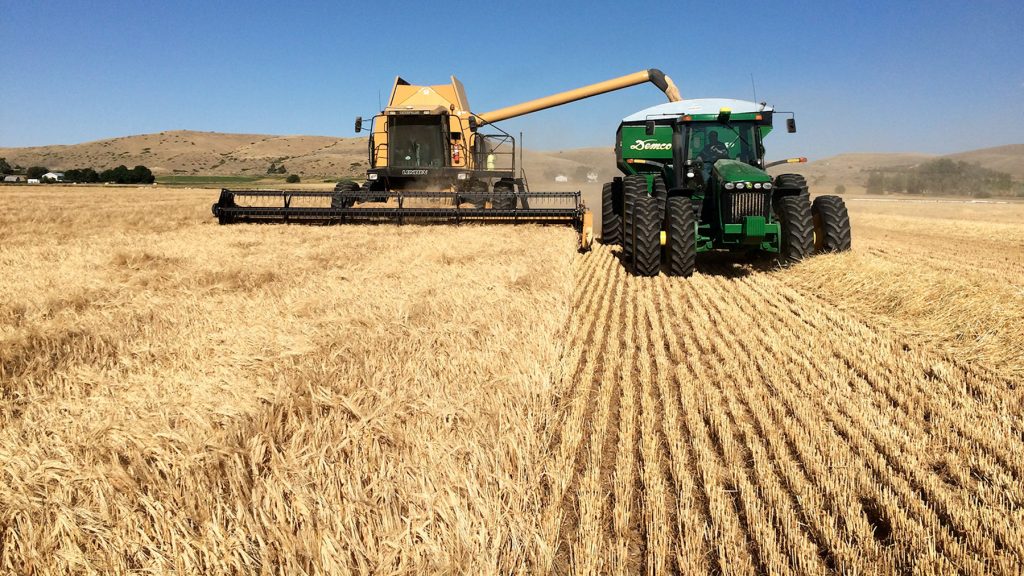
When you crack open a cold one this summer, that beer may have had its beginning right here in Wyoming. Kim Brown raises barley on his farm near Farson, one of hundreds of regional growers who supply the beer brewing industry, particularly U.S. craft brewers.
Beer, America’s fourth most popular beverage, contains four major ingredients: grain, hops, yeast and water.
Some beers are brewed with wheat or rice, but many brewers prefer barley, which is widely grown in Wyoming.
In the field, barley looks like wheat but has a blue-green color. When ripe, the top of the plant tips like a branch on an apple tree when loaded with fruit.
Kim Brown grows beer barley on his farm near Farson.
More Than 7 Million Bushels
Over the past 10 years, he’s sold barley to Coors in Longmont, Colorado, and Anheuser-Busch in Idaho Falls, Idaho. More recently, he contracts with Briess Malt and Ingredient Co. in Manitowoc, Wisconsin. Briess supplies malted barley and other ingredients mainly for the microbrewing industry.
Briess has barley processing and storage facilities in Ralston and Powell, Wyoming, and the company contracts with more than 300 growers in Wyoming and Montana. Farmers haul their barley to one of his facilities, where it’s stored or loaded on rail cars and shipped to Wisconsin.
“I really like growing for them because they take care of us growers,” Brown said of Briess. “They care about whether the growers can make a decent living.”
Wyoming farmers plant about 84,000 acres of barley each spring and harvest just over 7 million bushels on average. The statewide average yield is 91 bushels per acre, according to the National Agricultural Statistics Service.
Brown says his farm’s high yield is 145 bushels per acre, with an average of 115 to 120 bushels.
He says he’s glad to have malting barley in his rotation. It’s good for the soil and helps to break up or confuse the weed and rodent cycles.
His other crop is alfalfa, which he mainly ships to Pennsylvania, Oklahoma and Texas.
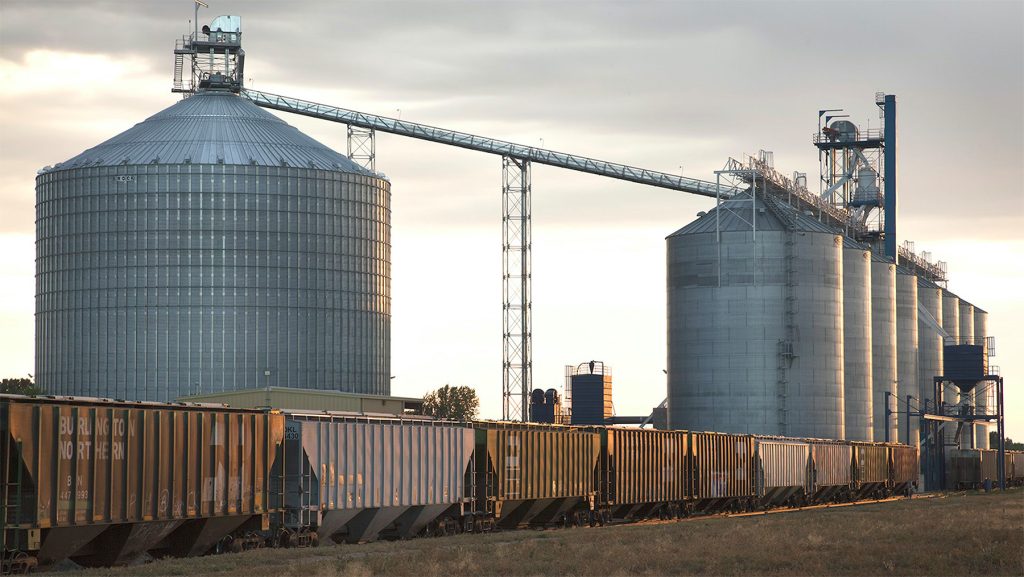
Taking A Risk
This year’s crop is about 30 days behind schedule because of the long winter.
Normally, Brown starts planting April 15. A few weeks ago, he wasn’t sure if he would plant barley at all this year. But even though he’s uncertain how the crop will finish, he decided to take the risk.
“I just didn’t see that I had any other good choices,” he said.
At planting time he’ll add nitrogen fertilizer and then add more nitrogen through his irrigation system in early summer. He will shut off the irrigation in early August when the barley kernels reach the soft dough stage.
Brown says he bites the kernels to test if they have firmed up enough to shut off the water. The crop is normally ready for harvesting by early September.
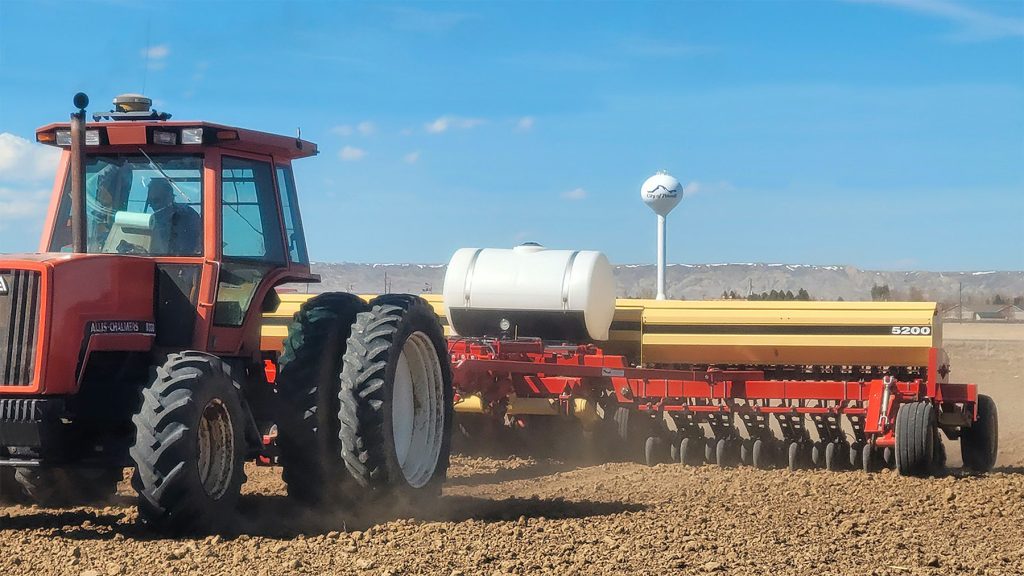
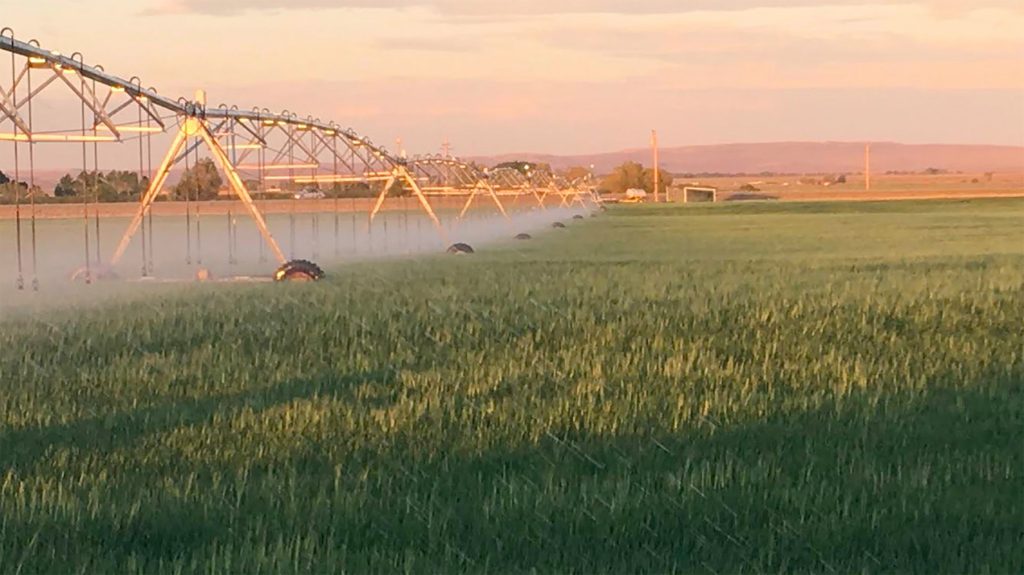
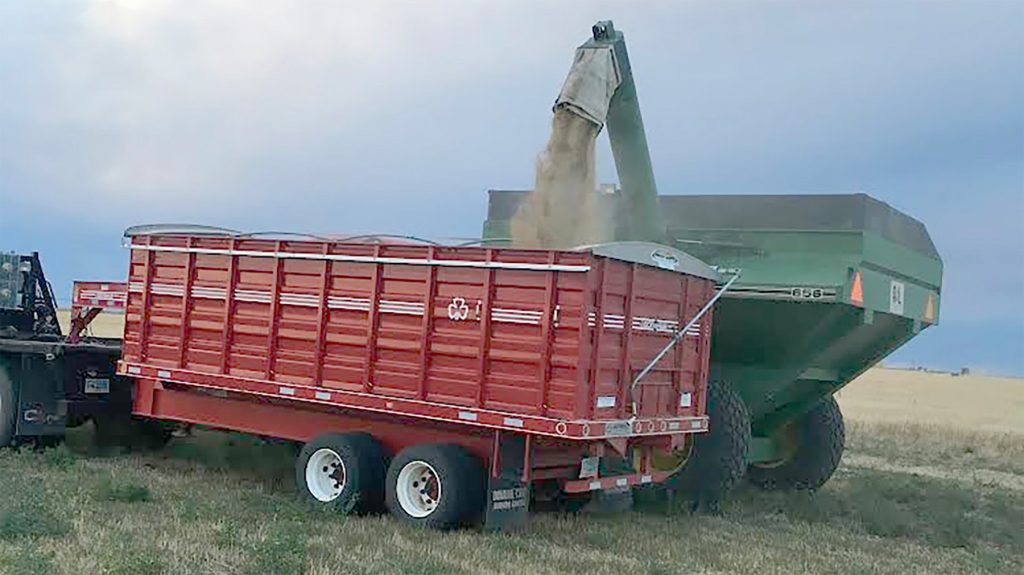
The Science Of Beer
The process of malting barley involves three steps.
First, it’s soaked, called steeping, which causes it to germinate and sprout. Next, it’s heated or roasted in a kiln which produces color and flavor. The germinated dry barley is known as malt.
In the brewery, the malt is soaked in warm water to activate enzymes that convert the barley’s carbohydrates to simple sugars. Hops are added for flavor and aroma, and the sugary water that remains is called wort.
Next, yeast is added, and the fermentation process begins. Once fermentation is complete, some beers are pasteurized while others are aged.
According to the National Institute on Alcohol Abuse and Alcoholism, Americans consume 6.4 billion gallons of beer each year.
Regarding the other beverages on the list of America’s most popular, bottled water came in first followed by coffee and carbonated soft drinks.
Beer ranked higher than milk, tea, fruit beverages, sports drinks, wine, energy drinks, value added water (water fortified with micronutrients like antioxidants) and spirits.
When you crack open a cold one this summer, think about how that beer may have had its beginning in a Cowboy State barley field.

